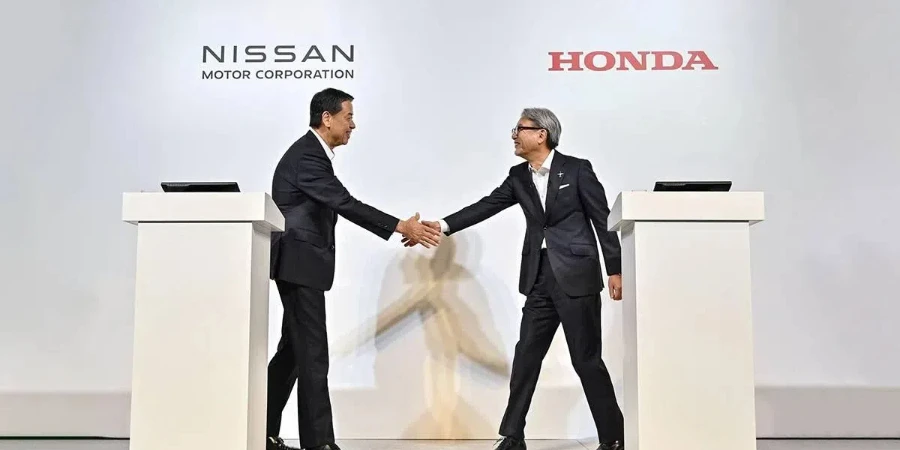The automotive industry is witnessing a significant moment—Honda and Nissan are set to merge.
On the afternoon of December 23, 2024, Honda, Nissan, and Mitsubishi announced in Tokyo that they have signed a memorandum of understanding to officially begin merger negotiations.
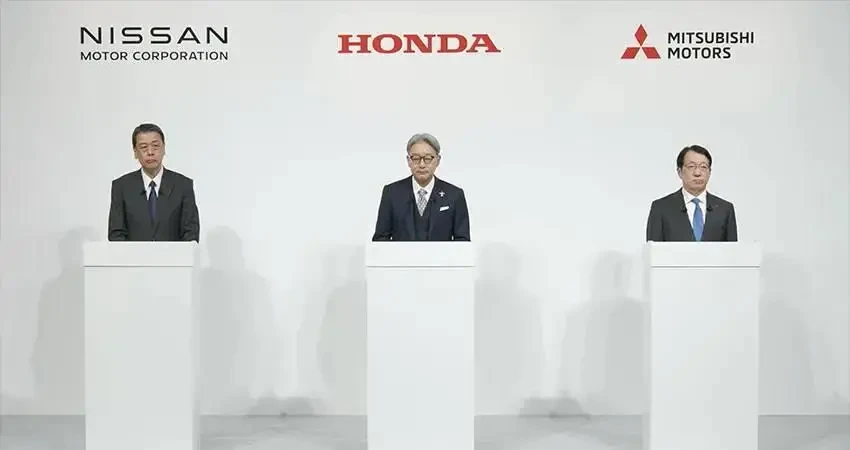
The document reveals that Honda and Nissan will jointly establish a holding company. The new company’s goal is to achieve annual sales exceeding 30 trillion yen (approximately 1.4 trillion RMB, or about 191.5 billion USD), with an operating profit target set at over 3 trillion yen (approximately 139.85 billion RMB, or about 191.3 billion USD).
The parties plan to sign the final agreement by June 2025. After obtaining regulatory approval, they aim to complete the listing of the joint holding company on the Tokyo Stock Exchange, with this significant event expected to be completed by August 2026.
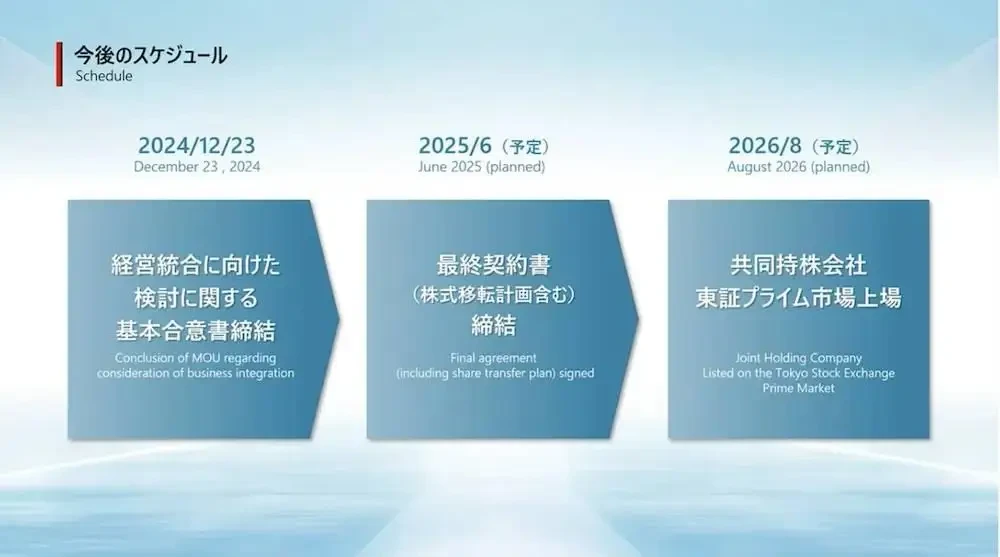
As for Mitsubishi, they are still considering whether to join this alliance. Officials stated that they will make a decision by the end of January 2025. If they decide to participate, they will sign a new basic agreement and work with Honda and Nissan to advance the integration process, aiming to adhere to the aforementioned schedule.
Toshihiro Mibe, Director and President of Honda Motor Co., Ltd., stated that although there are still some issues that require in-depth discussion before reaching a final agreement, the likelihood of the agreement not being approved is very low.
“The synergies from the integration of Honda and Nissan will be maximized after 2030.” “Chinese consumers have very different needs. If we continue doing things the old way, I don’t think our chances of survival are high.”
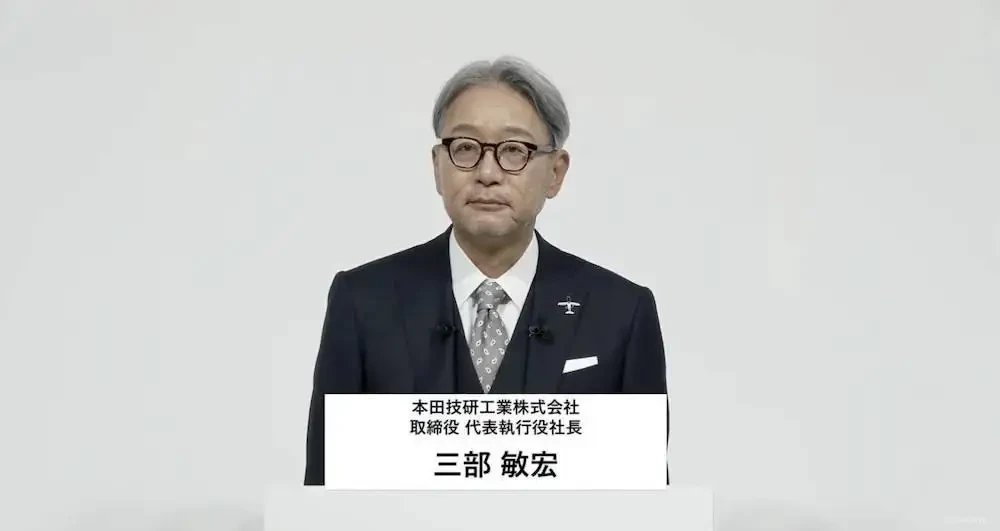
Although this collaboration between Honda and Nissan aims to equally develop both brands, for Nissan, it represents the biggest crisis since the 21st century began.
In 1998, Nissan fell into a financial crisis due to poor management. Both Ford and Daimler considered acquiring Nissan but backed out after seeing its massive debt. Ultimately, Renault rescued Nissan, which had been losing money for eight consecutive years. In exchange, Renault acquired a stake in Nissan, becoming its largest shareholder.
This marked the beginning of the Renault-Nissan-Mitsubishi Alliance.

Surprisingly, 20 years later, Nissan is once again facing a life-or-death situation.
Despite selling 3.37 million new cars in 2023, Nissan’s net profit from April to September 2024 was only 19.2 billion yen, a 94% decrease year-on-year. In other words, if they earned $100 in the same period in 2023, they only made $6 in 2024. Currently, Nissan’s cash reserves are only enough to last 12-14 months, while they also face immense shareholder and debt pressure.
The decline in Nissan’s performance is directly related to poor sales in the Chinese and American markets.
Nissan’s President and CEO, Makoto Uchida, previously stated at a financial briefing that in the U.S. market, Toyota and Honda’s hybrid models are increasingly popular, while Nissan’s product lineup in the U.S. is aging and lacks hybrid models, ultimately leading to a drop in sales.
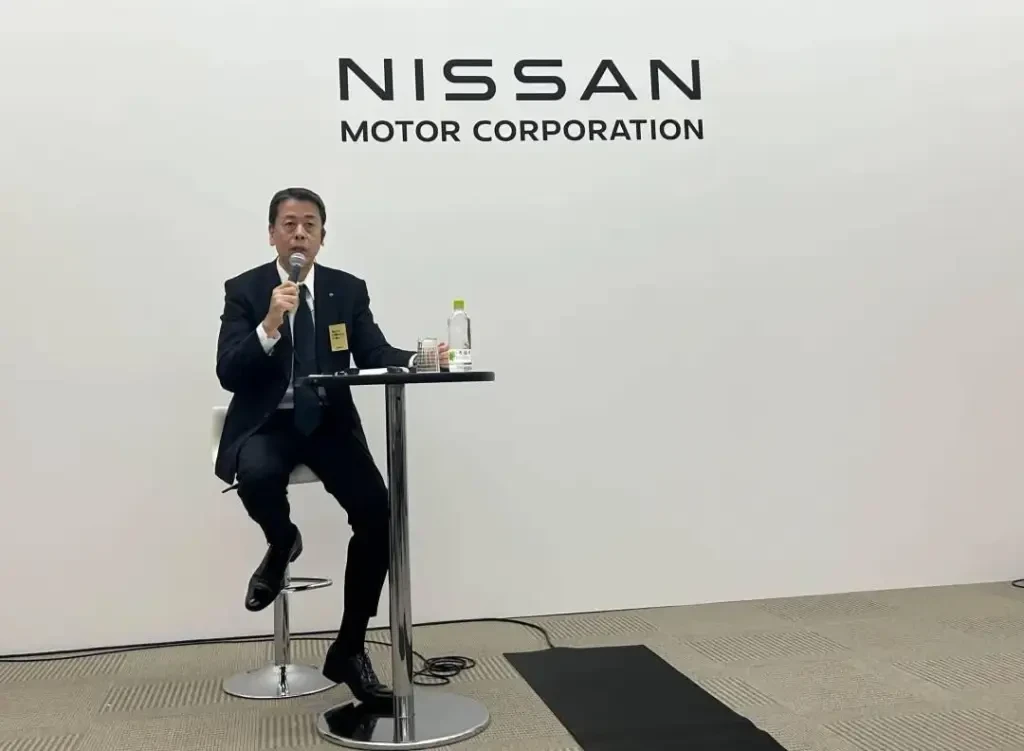
In the Chinese market, domestic brands are continuously eating into the market share of Japanese brands. Previously, Nissan’s President and CEO, Makoto Uchida, mentioned in a media interview that Chinese automakers are “becoming strong,” and Nissan is caught in a “survival game” in the Chinese market.
“Chinese consumers have very different needs. If we continue doing things the old way, I don’t think our chances of survival are high.”
“The era of China producing cheap, low-quality products is over. Now, they have surpassed Japan in many technological fields. The primary goal of the 8 million vehicle club, formed by Nissan and Honda, is to surpass BYD.”
Currently, new energy vehicles and autonomous driving technology have become the forefront of the global automotive industry, and Chinese car companies have already achieved significant leadership in these areas.
Industry insiders point out that the core reason for Honda and Nissan’s decision to integrate is this: the two companies aim to share the high costs of research and development and improve operational efficiency by pooling resources.
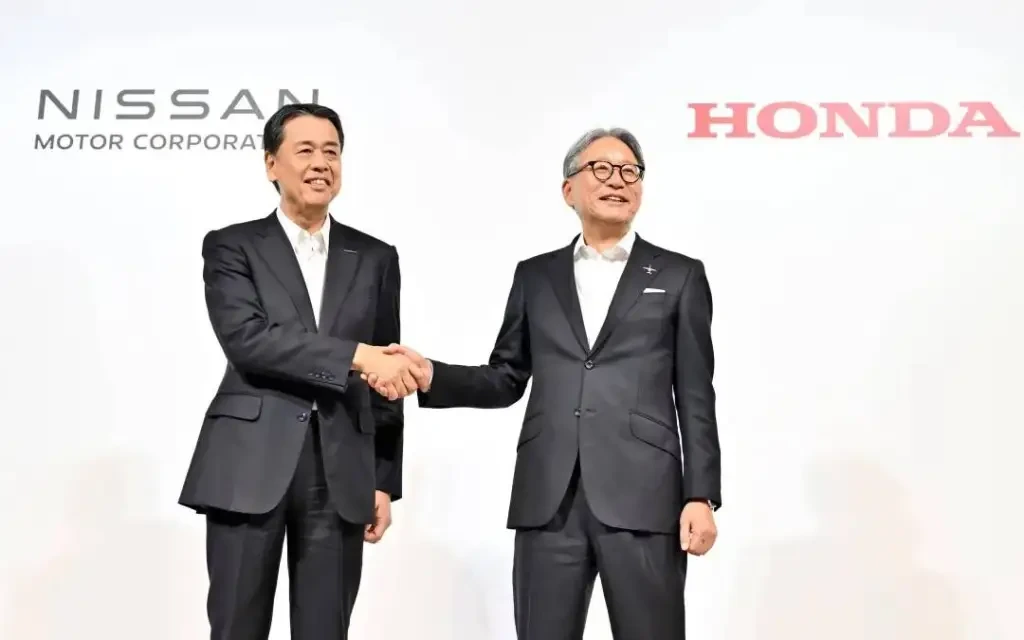
In this merger, Honda and Nissan have demonstrated seven major synergies:
- Achieving economies of scale by standardizing vehicle platforms for both brands;
- Enhancing R&D capabilities and cost synergies by integrating R&D resources;
- Optimizing production and manufacturing processes;
- Strengthening the overall competitive advantage of the supply chain through integrated procurement;
- Improving operational efficiency to reduce costs;
- Gaining economies of scale through integrated sales finance;
- Establishing a talent base for smart and electrified technologies.
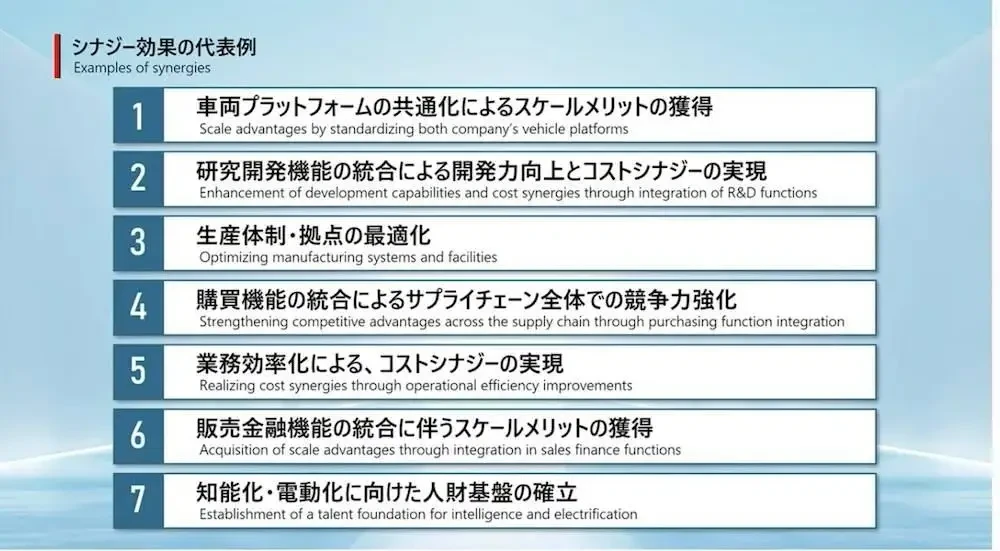
Previously, Japanese media reported that Honda and Nissan would explore the possibility of jointly producing cars at each other’s factories and the potential for Nissan to introduce models with Honda’s hybrid systems to the U.S. market. Additionally, considering Honda only has engine and motorcycle factories in Europe, they might also use Nissan’s UK plant.
Honda’s Toshihiro Mibe also stated that this integration might extend beyond Honda’s four-wheel vehicle business to include two-wheelers, power products, and aircraft businesses, thereby increasing customer touchpoints.
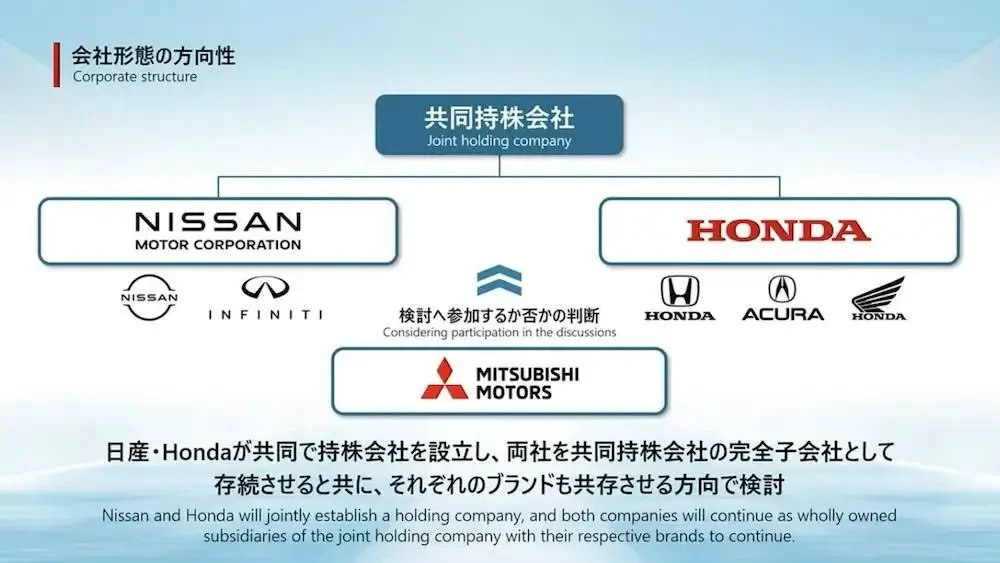
According to the plan, Honda will have a leading role in the holding company, owning more than 50% of the shares. Additionally, more than half of the internal and external directors of the company will be nominated by Honda.
Currently, the future of the Japanese automotive industry seems to be divided into two major camps:
The Honda-led alliance of Honda, Nissan, and Mitsubishi, and the Toyota-led group of Toyota, Mazda, Subaru, and Suzuki.
Source from ifanr
Disclaimer: The information set forth above is provided by ifanr.com, independently of Alibaba.com. Alibaba.com makes no representation and warranties as to the quality and reliability of the seller and products. Alibaba.com expressly disclaims any liability for breaches pertaining to the copyright of content.
